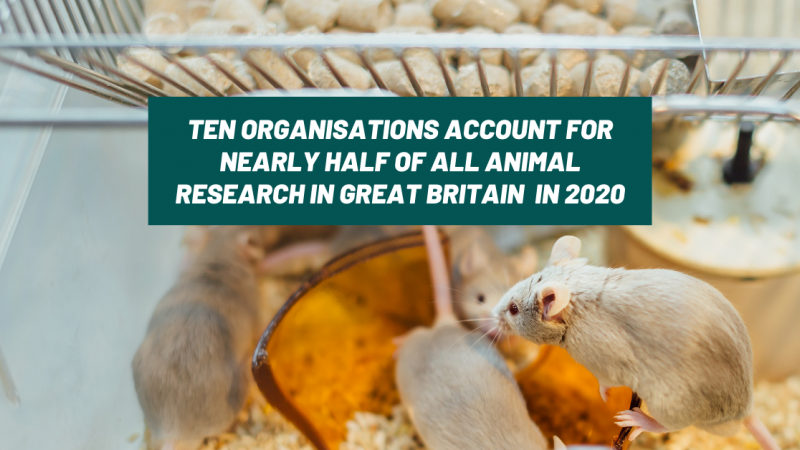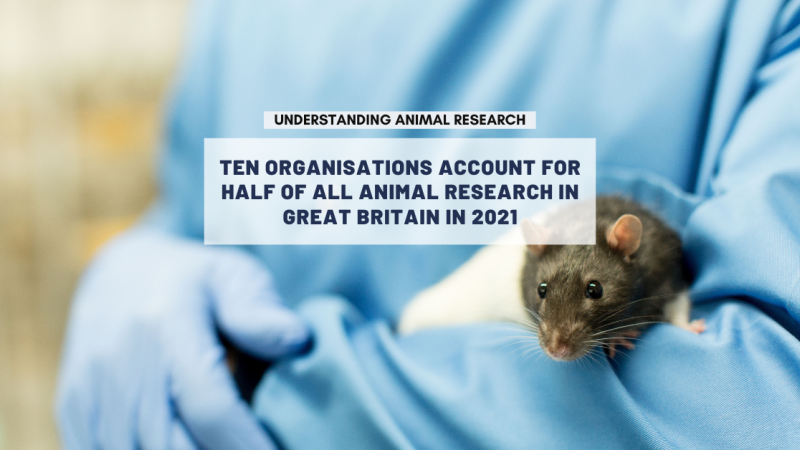The Home Office has just released the animal research statistics for 2011 which can be seen here. They present information about animal research in the UK such as the number of ‘procedures’ performed, what they were for, and who was doing them.
Professor Fran Balkwill, chair of the UAR Council said:
"These statistics show that, once again, nearly half of all “procedures” amount to the breeding of a GM or HM mouse. We also saw a dramatic decrease, of nearly three-quarters, in the use of new world monkeys.
This year, we have also seen an increase in the proportion of procedures that are for veterinary or environmental purposes. Nearly all animal procedures involve rodents or fish, and in 2011 fish and domestic fowl accounted for most of the rise in the number of procedures. Almost all domestic fowl were used for veterinary purposes, while fish are increasingly used for basic research into medical problems such as heart conditions.
What the stats do not show is that a "procedure" can be as mild as taking a blood sample, and the number of “substantial” procedures stands at only 2%. It is important to note that “animal research” also refers to veterinary studies, such as studying cat nutrition or transmissible diseases in farm animals. “Animal research is conducted for the benefit of humans and animals alike, and we have made great strides in the past few years towards preventing or treating diseases that would have seemed incurable even a decade ago.
We hope to see, in the coming years, further decreases in the number of dogs, cats and primates used, in line with efforts towards reduction, refinement and replacement of animals in research advocated by scientists and overseen by NC3Rs.”
Understanding Animal Research has provided a briefing which can be downloaded here.
Last edited: 16 August 2022 09:58




